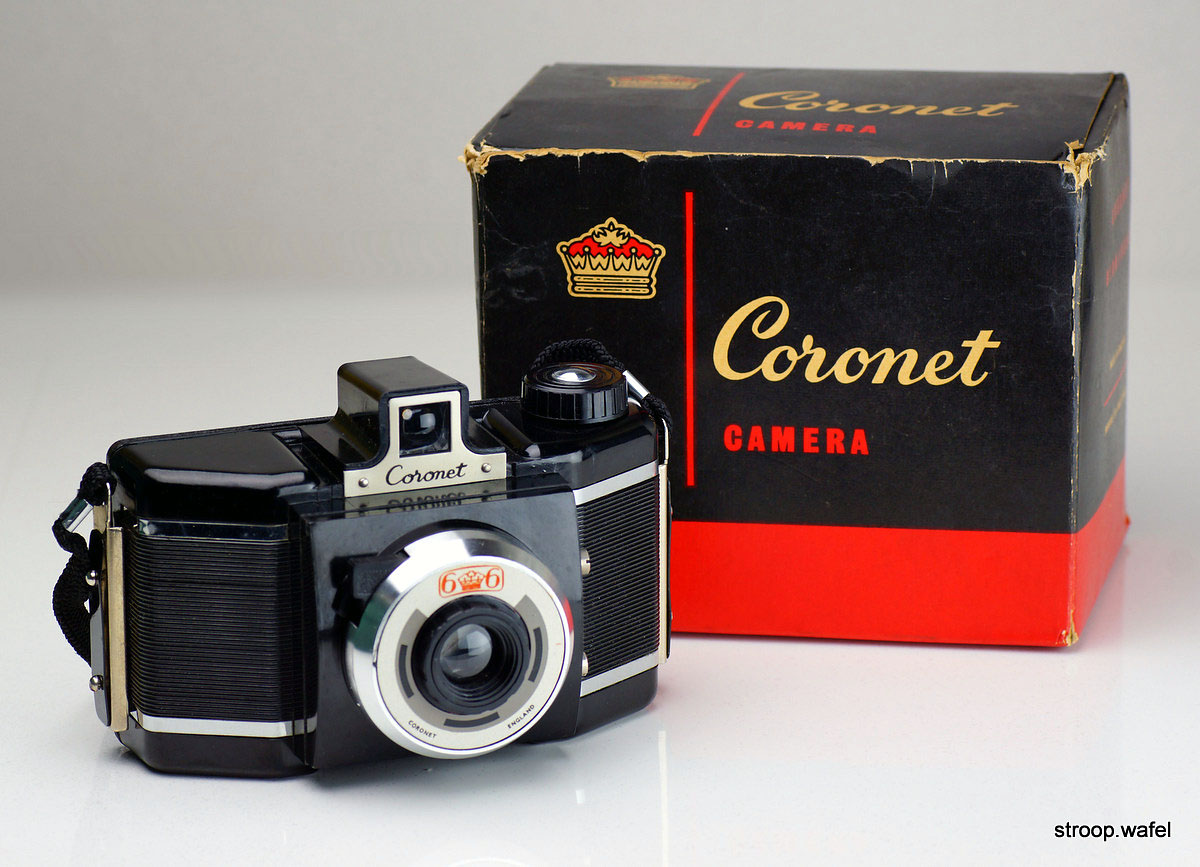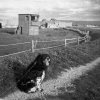I have a confession to make.
I own three Spotmatics! There, I've said it.
I bought one a few years ago and it is great - it's a Spotmatic F and functions perfectly and has been my first choice for a film camera ever since the day it arrived.
A while back now, I happened upon a listing on Ebay that was described as a job lot of old cameras - no more or less than that to describe them. From the photo (yes, just one) I could see there were two cameras - one was a Praktica LTL, which I was not in the least bit interested in. However, it had a nice looking Zeiss Tessar mounted onto the front. Now, I already owned a Tessar but it had a short, very slightly tight spot on the focus ring, so a new one would have been nice. The other camera was a Spotmatic F and it had a Takumar on it - the photo wasn't sufficiently sharp or properly exposed to see the inscription of the front ring, but if you've spent as much time as I have looking at Takumars for sale, you'd understand that I was able to spot this one from the shape of the lettering and numbering. The focal length and max. aperture were not visible from the angle of view, but the proportions of the lens made me guess that it might be the fabled 50mm f/1.4. It was an SMC model, which I could tell from the rubber focus ring grip, as opposed to the metal one on the earlier Taks. I took a punt and won the auction as the only bidder at £22 .
It turned out that my guess was correct and the lens was a rather beautifully preserved 50mm f/1.4 - something people often pay up to £200 for. Result? A very happy Chris!
The Tessar was broken - utterly beyond repair.
The Spotmatic F seemed to be in good nick and was fitted with a split focusing screen, which was, apparently an option that had to be specified when you ordered your camera, and not many people did, so it is quite rare. The only thing I dislike about my original Spotmatic is it's focusing screen, as I used to find it extremely difficult to work with under many less than perfect conditions, especially with a red or orange filter mounted for black and white. So this was a revelation!
Upon trying the camera, though, there was a problem with the ISO selector and it didn't function correctly. I tried for hours one weekend to repair the problem, unable to see what was causing it and just giving up. I made myself a promise to buy a Spottie sometime in the future and scavenge some parts to make a proper repair in order to put that screen to use. I looked into swapping the screens, but it looked beyond my confidence level. What if I ballsed up and broke not one, but two cameras?
Lo and behold, a few days later a Spotmatic fell into my hands for a tenner or so and I resolved to getting around to sorting it out sometime soon. I never did!
What I did do was to spend hours half heartedly trying to get this third camera to fire properly at low shutter speeds. I failed with that too and that's when I lost heart with the whole thing.
Yesterday, though (over a year later) I needed to take a picture of my various Takumars to show a distant friend which ones I own, and I thought it might be fun to mount three of them onto my three Spotmatics. Putting things away afterwards, I idly wound on and fired one of them and the thought crossed my mind that I ought to get around to sorting out the film speed dial on that second F. So I took a look. It seemed to be functioning correctly. Strange!
I picked up the other one and quick fired it off at each shutter speed to find it fully functioning. Stranger!
I think the lubrication I applied must have finally worked its way into the placed it was intended to go, soaked in and, along with the fastidious cleaning i had done, it eventually did its job.
I tested and tested and tested and everything seemed OK, so this evening I put a film into the F and took it out for a walk across the fields to my favourite local wood and the remnant hedge that I posted an image of last week (Link to that post
HERE). The film was a colour C41, but I wanted to know asap whether this camera was OK, so after the walk, we fired up the Caffenol and developed it.
Success!


























